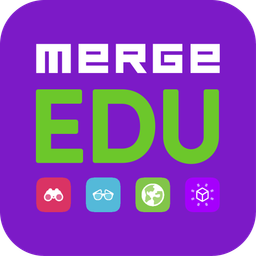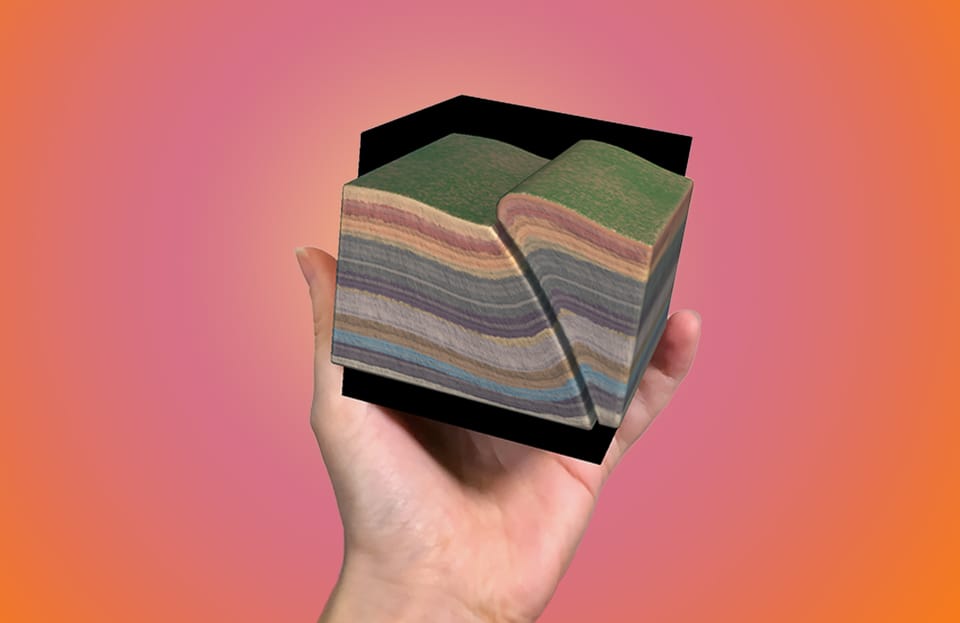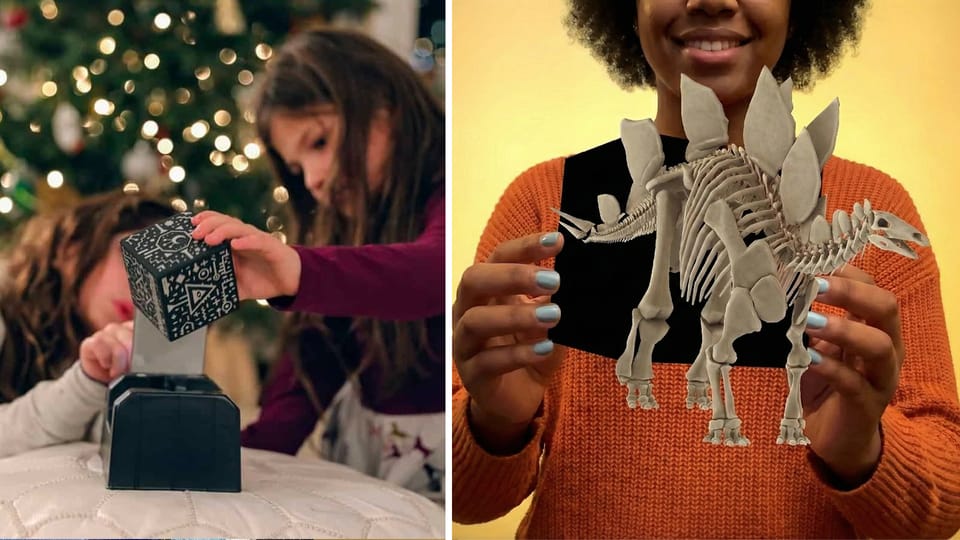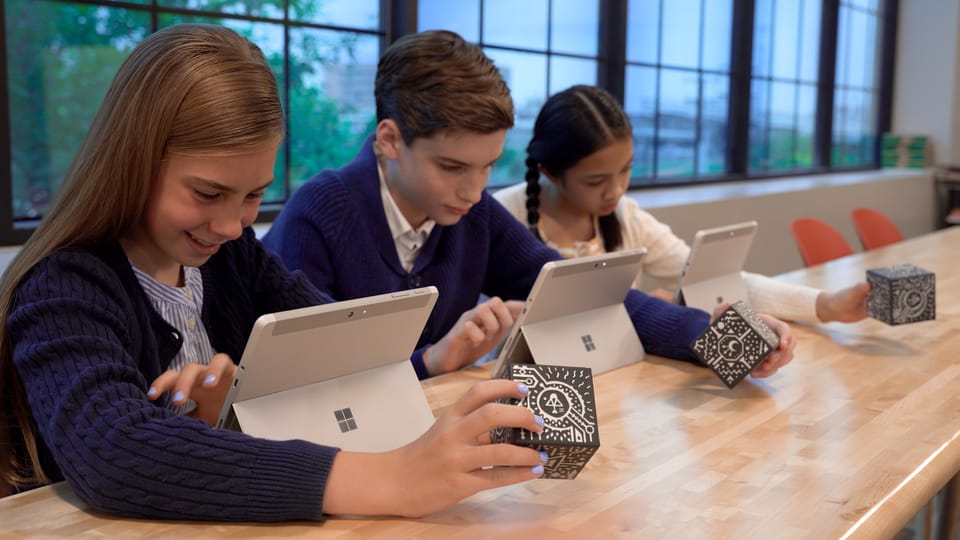5 Ways to add Hands-on Learning with Merge Cube + NGSS to Your Science Classroom
By combining the Merge Cube with NGSS-aligned Merge EDU activities, you can transform your science classroom into an immersive, hands-on learning environment.
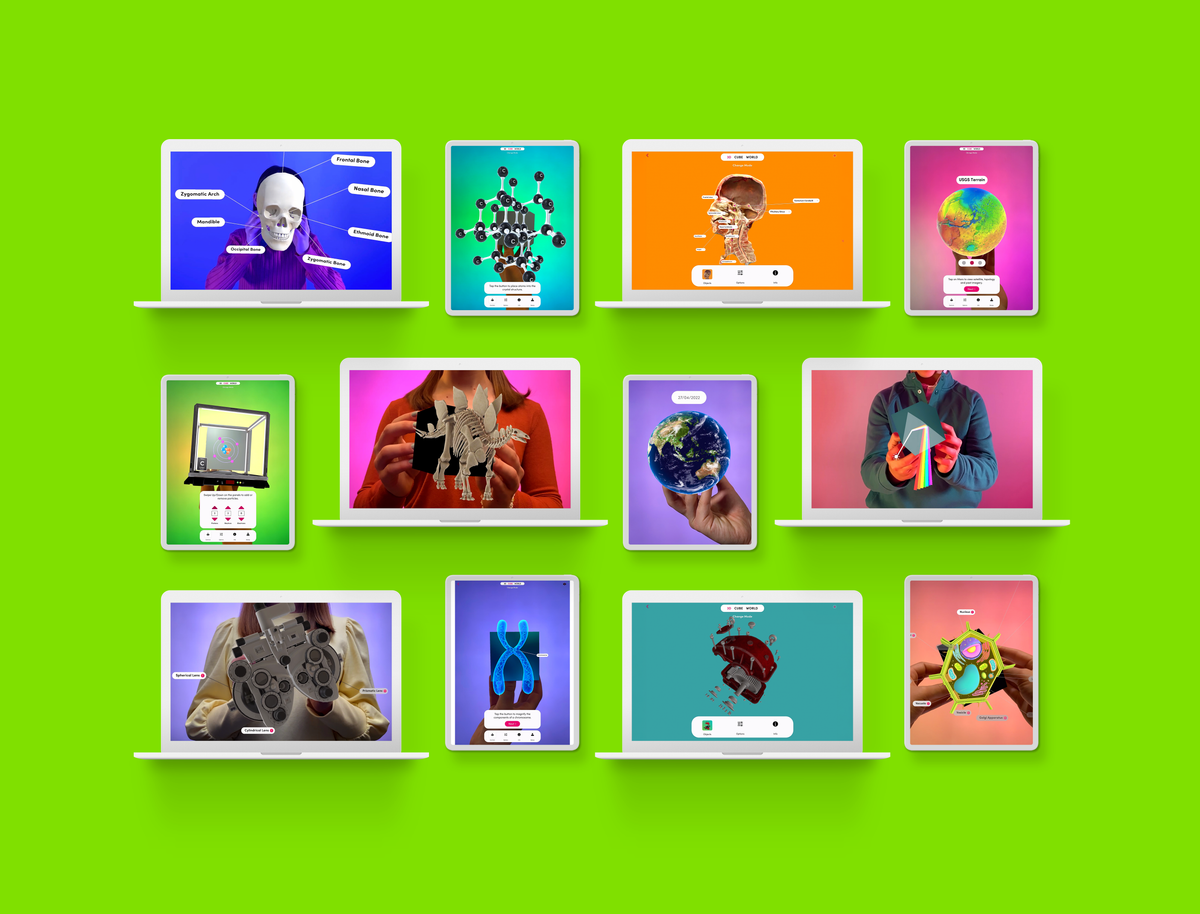
Hands-on learning is one of the most effective ways to help students grasp challenging science concepts, and the Merge Cube makes it easier than ever to bring those experiences into your science classroom. With the standards-aligned simulations and digital teaching aids, students can hold, inspect, and interact with science content in a way that supports NGSS and state science standards across grade levels. Here are five powerful ways to integrate the Merge Cube into your lessons and make science come alive, all while aligning to the NGSS science curriculum.
1. Visualize Abstract Concepts (NGSS PS2 & PS3)
Understanding energy transfer, motion, and forces can be tricky without seeing them in action. Merge Explorer activities like Definitions of Energy or Use the Force allow students to manipulate 3D simulations, observe cause-and-effect relationships, and connect hands-on interactions directly to Next Generation Science Standards in Physical Science. And with the corresponding activity plans, teachers can easily integrate into lessons.
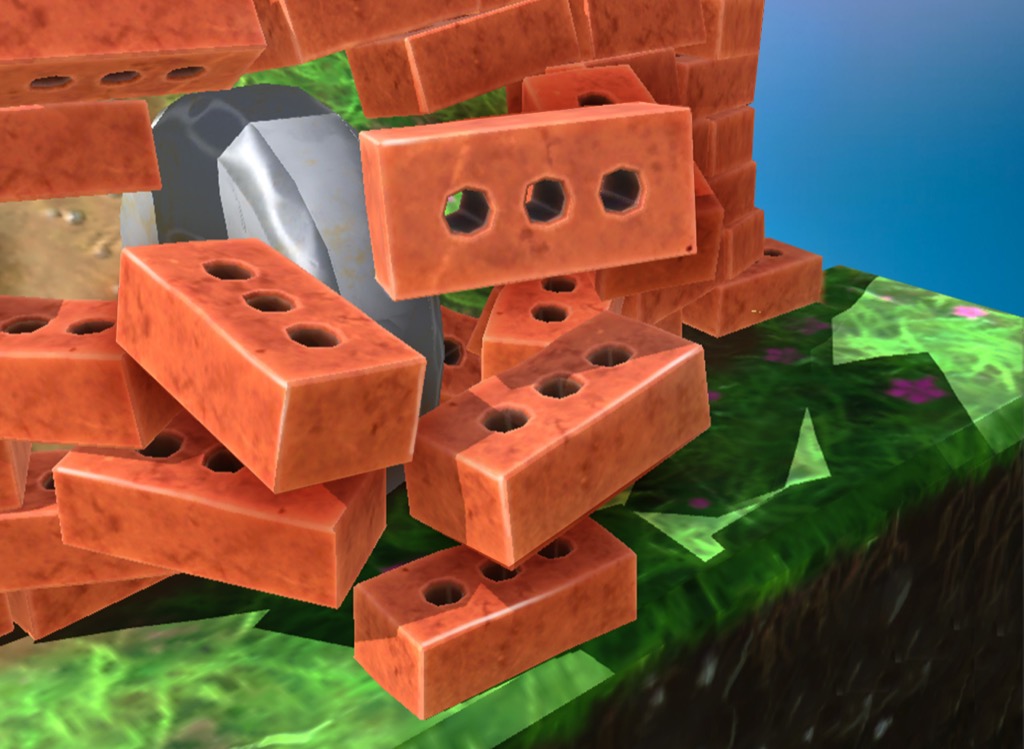

2. Explore Life Science Up Close (NGSS LS1 & LS3)
From examining plant and animal cells to dissecting a virtual frog, Merge EDU gives students the opportunity to study living systems in detail—without the need for a microscope or lab materials. The Cells and Human Anatomy collections in Merge Object Viewer align with NGSS standards for life science, helping students see structures, understand their functions, and explore how they contribute to an organism’s survival.
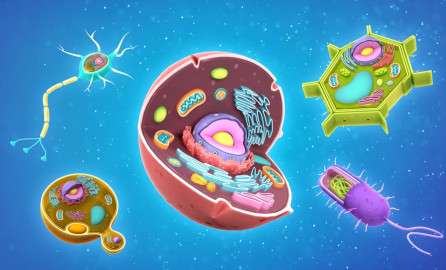
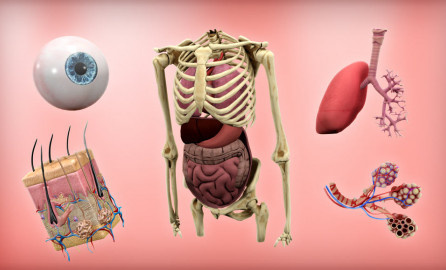
3. Investigate Earth & Space Systems (NGSS ESS1 & ESS2)
With Merge HoloGlobe, students can access real-time NASA and NOAA satellite data to study Earth’s weather, climate, and geological systems. Activities like Real-Time Cloud Data and Precipitation let them track atmospheric changes and connect observations to NGSS Earth and Space Science standards. They can rotate, zoom, and explore Earth as a living system right in the palm of their hands.


4. Model and Create in 3D (NGSS Science and Engineering Practices)
Merge Creator allows students to scan real-world objects or design their own 3D models, then view them on the Merge Cube. This supports engineering and design standards by encouraging students to plan, create, test, and iterate. They can model everything from an invention prototype to a geological formation, using multimedia labels to explain their thinking.
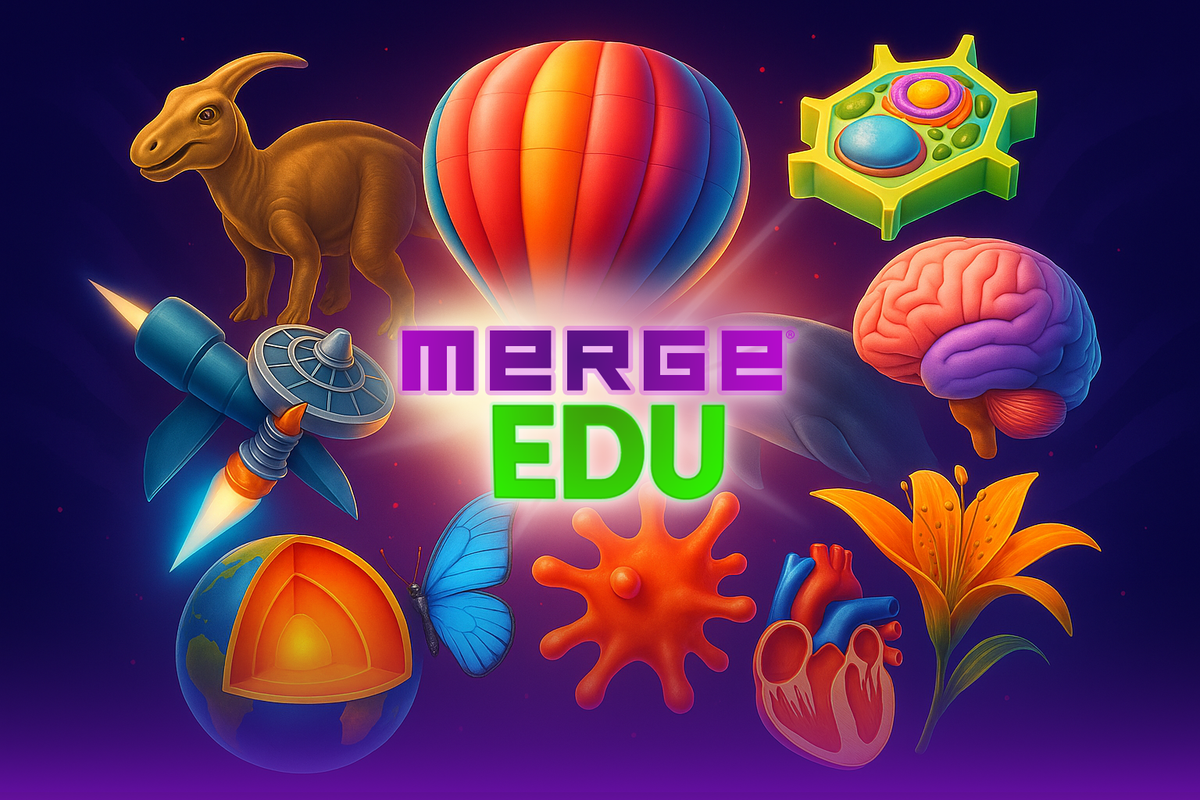
5. Compare and Classify Using Digital Teaching Aids (NGSS Crosscutting Concepts)
With over 1,000 3D objects in Merge Object Viewer, students can compare rock types, examine life cycles, or classify fossils—all while applying NGSS crosscutting concepts like patterns, structure and function, and cause and effect. Because the Merge Cube makes every object interactive, these comparisons become tactile and memorable learning experiences.
- Browse the collections in Merge Object Viewer on the Merge Dashboard
- View all the Science Standards for Merge Object Viewer
By combining the Merge Cube with NGSS-aligned Merge EDU activities, you can transform your science classroom into an immersive, hands-on learning environment. Whether you’re teaching forces, life cycles, weather patterns, or engineering design, the Merge Cube helps students engage deeply, think critically, and build lasting understanding.
New to Merge EDU? Get a free trial here: trymerge.com







